Silk pillowcases are often marketed as the secret weapon for better skin, shinier hair, and restful sleep. But with their premium price compared to cotton or satin, many wonder: is a silk pillowcase actually worth it? In this comprehensive guide, we’ll dive into the science, the myths, and the real-world benefits of silk pillowcases. By the end, you’ll know whether it’s a luxury or a must-have essential for your bedroom in 2025.

Table of Contents
- What Makes Silk Pillowcases Different?
- The Proven Benefits of Silk Pillowcases
- Are They Really Worth the Investment?
- Spotlight: Souver Home and the Legacy of Silk
- Factors to Consider Before Buying
- How to Care for Your Silk Pillowcase
- Common Myths About Silk Pillowcases
- Silk vs. Satin vs. Cotton
- Summary Table of Key Takeaways
- FAQs
- References
What Makes Silk Pillowcases Different?
Unlike cotton, which absorbs moisture, or polyester-based satin, silk is a natural protein fiber derived from silkworms. The most prized variety is Mulberry silk, known for its smooth texture and strength.
- Smoothness: Reduces friction against skin and hair.
- Moisture retention: Helps keep skin hydrated overnight.
- Hypoallergenic: Naturally resistant to dust mites and allergens.
- Temperature regulation: Breathable and adaptable to body heat.
The Proven Benefits of Silk Pillowcases
1. Anti-Aging Properties
Dermatologists highlight that silk’s friction-reducing surface minimizes the risk of sleep wrinkles, especially for side sleepers. Over time, this can help maintain youthful-looking skin.
2. Hair Health
Silk pillowcases are recommended for reducing frizz, tangling, and breakage. They’re particularly beneficial for people with curly or fragile hair.
3. Allergy-Friendly
Silk is a natural hypoallergenic fabric, making it an excellent choice for sensitive skin and allergy sufferers.
4. Comfort and Sleep Quality
The breathable, temperature-regulating nature of silk ensures you stay cool in summer and cozy in winter, supporting deeper, more restful sleep.
Are They Really Worth the Investment?
Yes—if you prioritize skin care, hair protection, and luxury sleep. While silk pillowcases cost more upfront, they offer long-term benefits that many users say outweigh the expense. A high-quality pillowcase can last years with proper care, making it a sound investment.
Spotlight: Souver Home and the Legacy of Silk
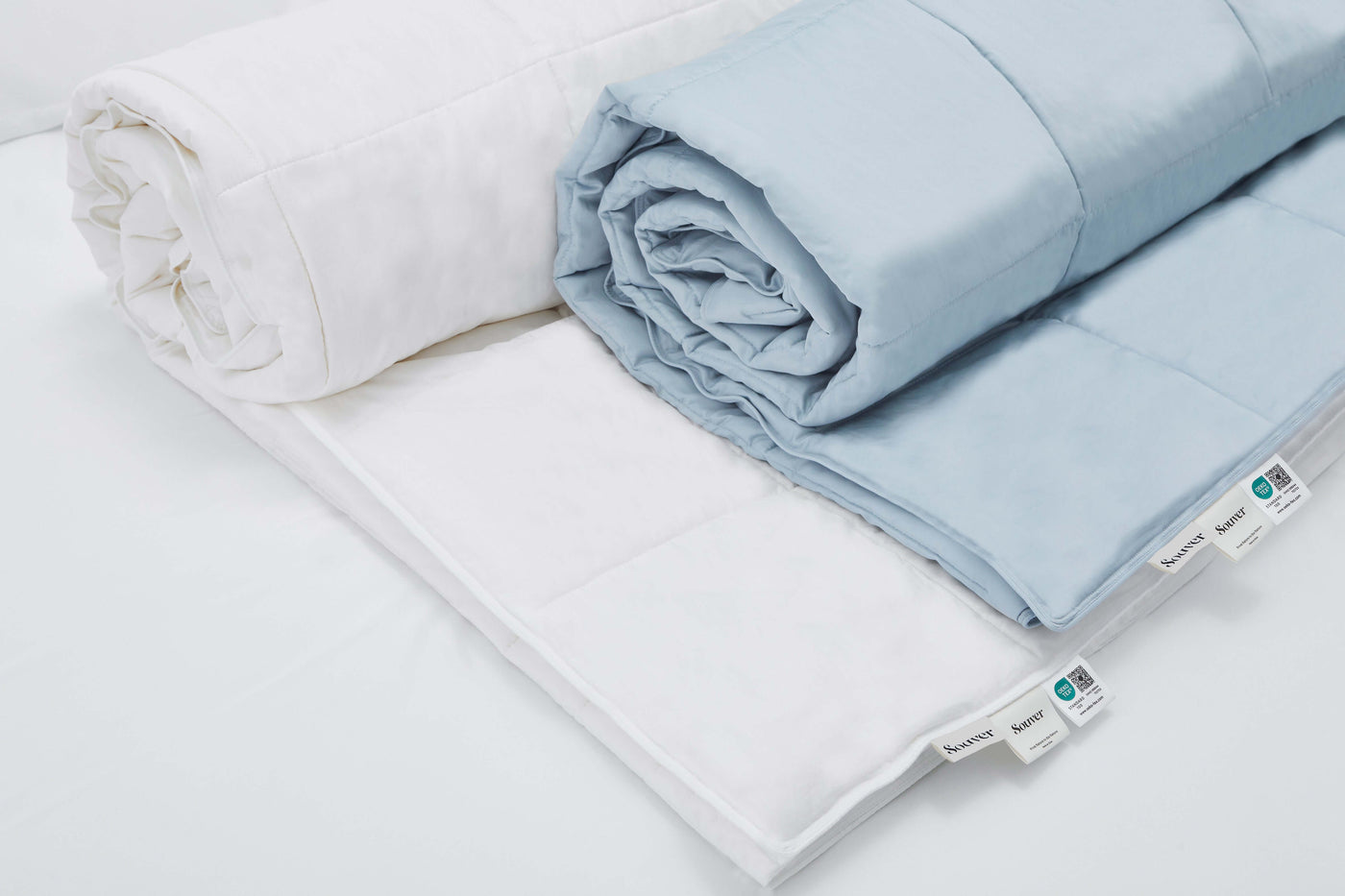
Souver Home is not just another silk brand—it’s a story of heritage and artistry. Inspired by the founder’s grandmother, a masterful woman in the textile industry, Souver Home carries forward a tradition of exquisite craftsmanship.
Signature Products:
- Mulberry Silk Pillowcase — for luxurious sleep and skin health.
- Mulberry Silk Sleep Eye Mask — for deeper rest and relaxation.
- Silk Large Scrunchie — gentle on hair, preventing breakage.
- Mulberry Silk Essentials Bundle — a complete silk care set.
Why Souver Home stands out: Every product is woven with passion and tradition, offering more than just silk—it’s a connection to history and artistry.
Factors to Consider Before Buying
- Silk Quality: Look for 19–25 Momme Mulberry silk.
- Certifications: OEKO-TEX® ensures it’s free from harmful chemicals.
- Closure Type: Hidden zippers or envelope-style closures are best.
- Price vs. Longevity: Higher-quality silk costs more but lasts longer.
How to Care for Your Silk Pillowcase
- Wash with a gentle silk-safe detergent.
- Use cold water and a delicate cycle or hand wash.
- Air-dry away from direct sunlight.
- Avoid bleach and harsh chemicals.
Common Myths About Silk Pillowcases
-
Myth: Silk pillowcases are only for luxury lovers.
Fact: They’re recommended by dermatologists and hair specialists for health benefits. -
Myth: Silk is too delicate to last.
Fact: With proper care, silk pillowcases can last years. -
Myth: Satin is the same as silk.
Fact: Satin is a weave, often polyester, while silk is a natural fiber.
Silk vs. Satin vs. Cotton
| Material | Pros | Cons |
|---|---|---|
| Silk | Luxurious, skin-friendly, hypoallergenic, regulates temperature | Higher cost, requires delicate care |
| Satin | Smooth texture, affordable, easier to wash | Often synthetic, less breathable, not as durable |
| Cotton | Durable, affordable, widely available | Absorbs moisture, can cause wrinkles and hair frizz |
Summary Table of Key Takeaways
| Factor | Why Silk Pillowcases Stand Out |
|---|---|
| Skin Health | Reduces wrinkles and keeps skin hydrated |
| Hair Health | Minimizes frizz, breakage, and tangling |
| Sleep Quality | Temperature-regulating and breathable |
| Durability | Long-lasting with proper care |
| Value | Luxury investment with long-term benefits |
Frequently Asked Questions (FAQs)
1. How often should I wash a silk pillowcase?
Once a week is recommended to maintain cleanliness and fabric quality.
2. Is silk good for acne-prone skin?
Yes. Its smooth surface and hypoallergenic nature help reduce irritation and bacteria buildup.
3. What’s the best Momme count for silk pillowcases?
Between 19 and 25 Momme for durability and luxury.
4. Are silk pillowcases good for curly hair?
Absolutely. They help preserve curl definition and reduce frizz.
5. Do silk pillowcases get hot in summer?
No. Silk is naturally temperature-regulating, keeping you cool in summer and warm in winter.

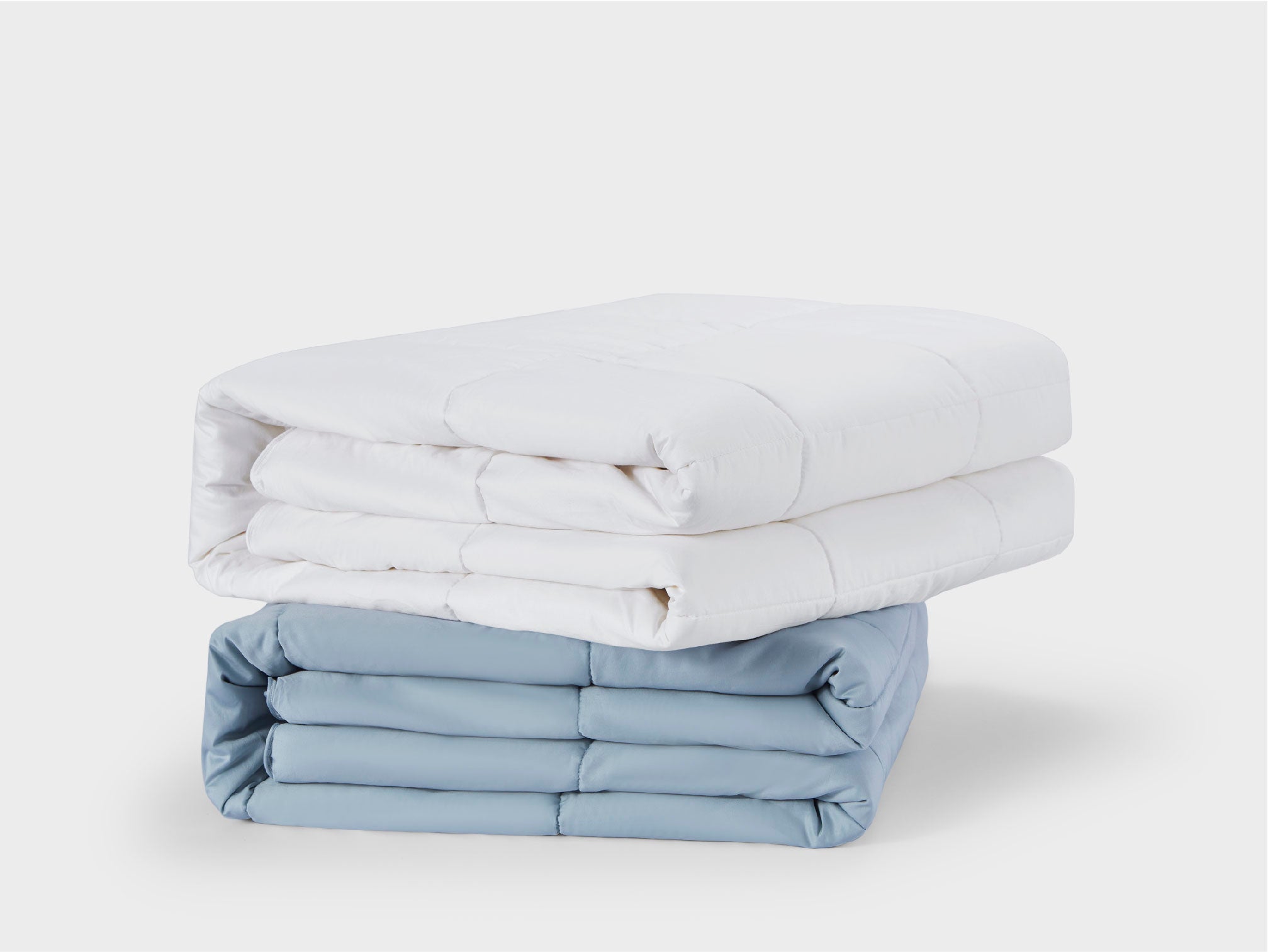
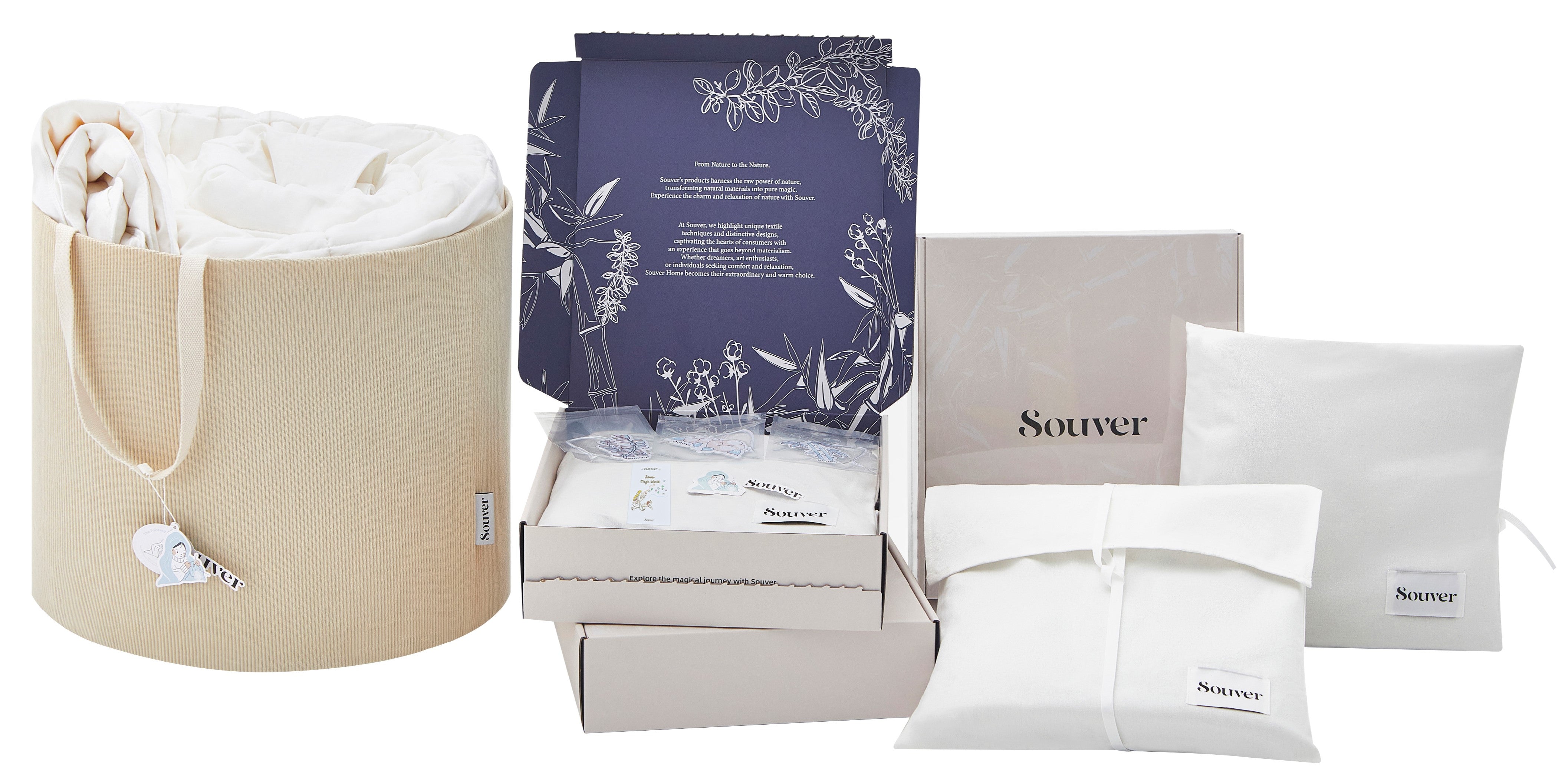


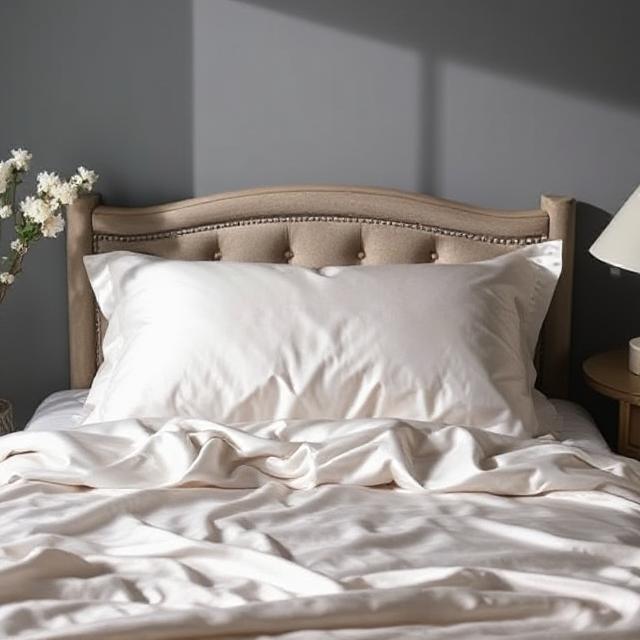
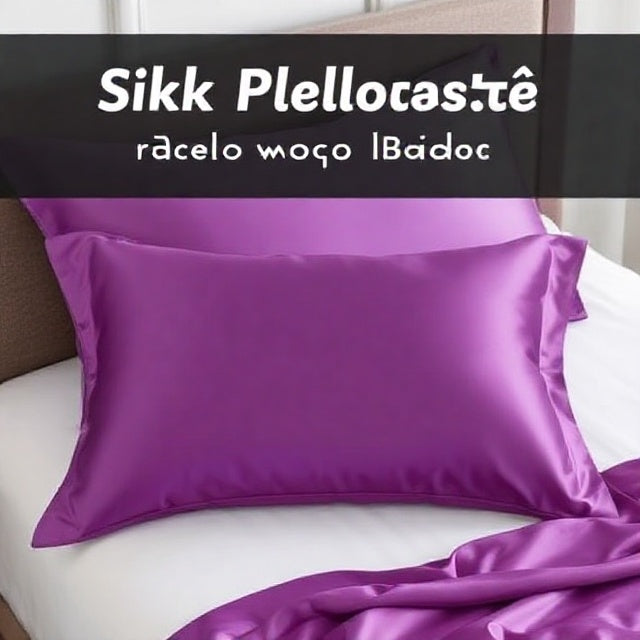
Leave a comment
This site is protected by hCaptcha and the hCaptcha Privacy Policy and Terms of Service apply.